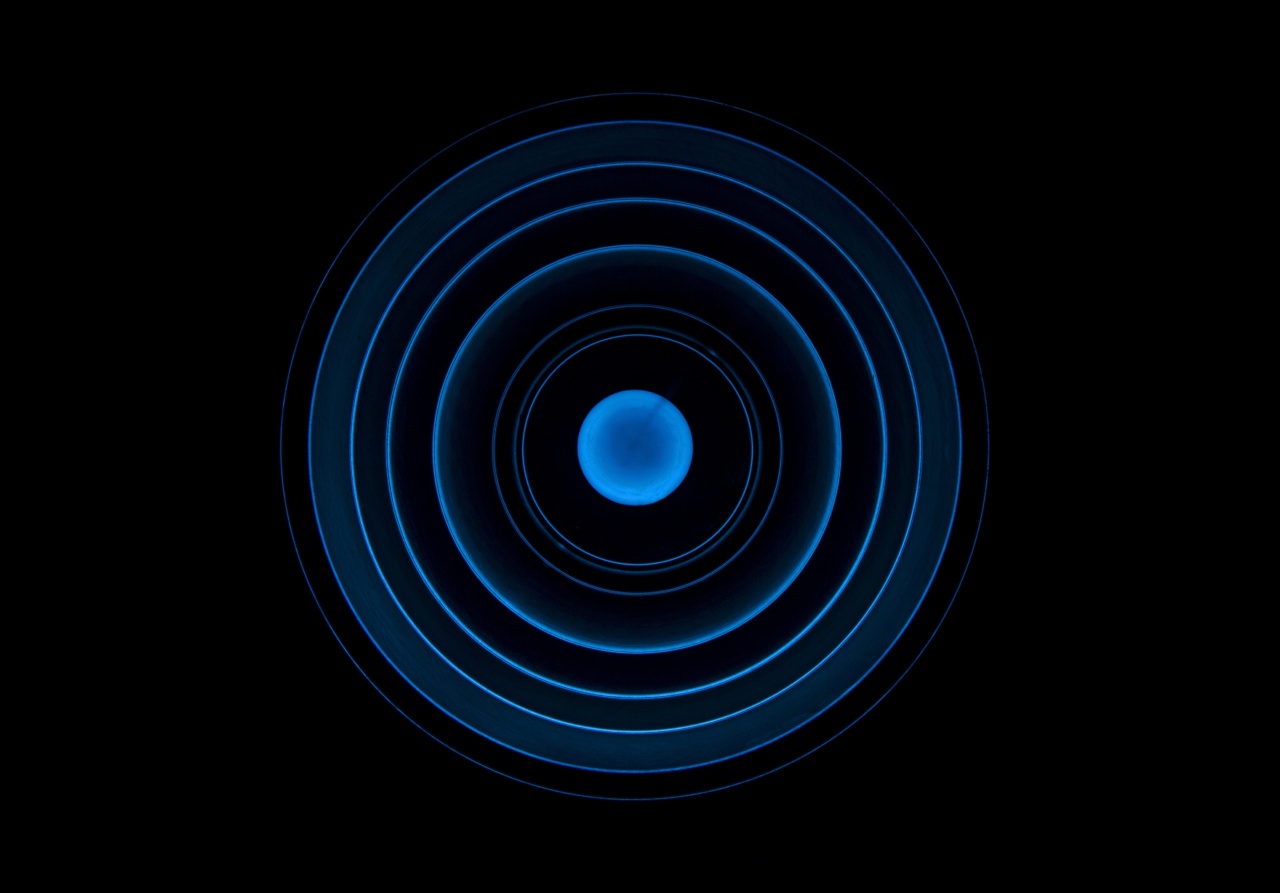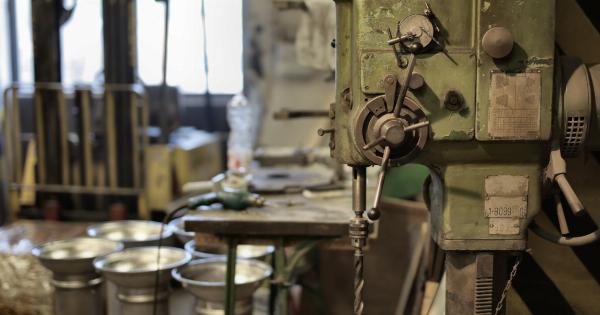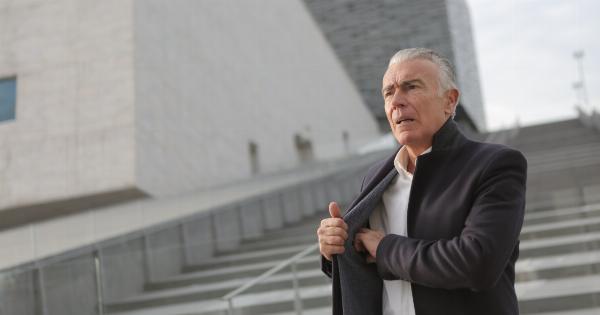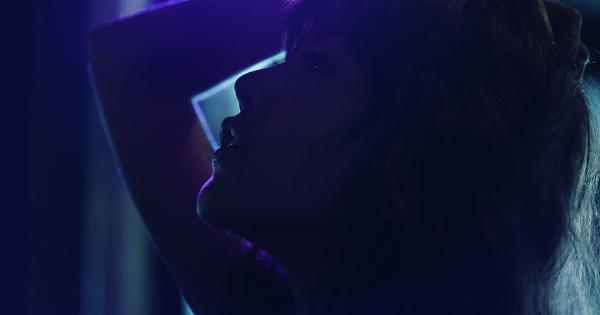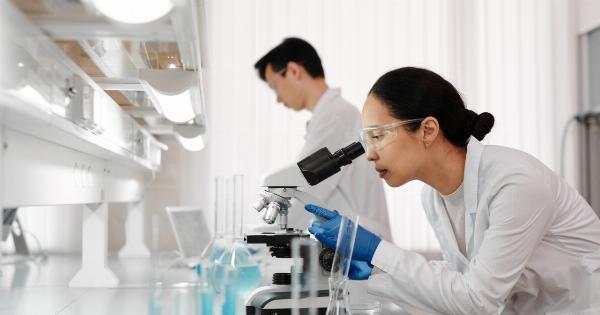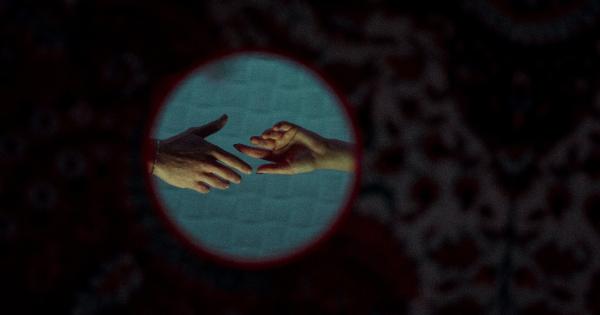Sexuality, art, and reproduction science are three distinct fields that have significant impact on human life. However, the intersection of these fields is often overlooked.
This article explores how these fields are interconnected and how advancements in reproduction science have created new opportunities for artistic expression and expanded the possibilities of human sexuality.
Art and Sexuality
Art has always been interwoven with sexuality. Whether it’s an erotic sculpture from ancient Greece or a contemporary painting of a sexually explicit scene, art has depicted human sexuality in various forms throughout history.
Artistic expression has also played a crucial role in representing diverse sexual orientations and gender identities. From book covers to film posters, artwork has been used to promote visibility and acceptance of LGBTQIA+ communities.
One of the most significant contributions of art to human sexuality is the concept of sexual liberation. Artists have helped to break the societal taboos and limitations surrounding sex by exploring sexuality in their work.
Art has also opened conversations about sexual abuse, harassment, and consent, giving a voice to people who have long been silenced. The visual and performing arts play a significant role in challenging the oppressive heteronormative, gendered, and racialized representations of sexuality and promoting body positivity, sexual diversity, and sexual health education.
Art and Reproduction Science
Art and reproduction science might not seem to have much in common, but there are many ways in which they intersect.
Reproduction science encompasses anything related to the creation of new life, including infertility treatments such as in-vitro fertilization, surrogacy, egg donation, and sperm donation. Assisted reproductive technology (ART) has increased the possibility of conception for many people, but it has also opened up new opportunities for artistic representation.
One artistic expression which ART has advanced is embryo photography.
Technology has opened up new ways of looking at the earliest stages of human life – capturing the beauty and mystery that surrounds the formation of a new human being, and providing a glimpse into the profound transformation of human biology. Embryo photography is a genre of photography where the images are captured through time-lapse cameras that document the development of embryos outside of the womb.
These photographic images capture the beauty of the early human stages of development that are not visible to the naked eye. They offer a glimpse into our collective origin stories and stir contemplation on the connections we share with other living things.
Furthermore, ART has created new possibilities for genetic engineering, which has opened up new artistic expressions. Creative scientists, engineers, and artists have joined forces to create BioArt.
This fusion of disciplines has produced work that uses living systems and cells as their medium and examined ideas about the future of the human sciences in light of synthetic biology, cloning, and genetic engineering. BioArt has become an advanced tool for engaging in complex ethical debates surrounding assisted reproduction and genetic engineering.
Sexuality and Reproduction Science
Sexuality and reproduction science are inextricably linked. Reproduction is the biological process through which humans perpetuate the species, and sexuality is the physical, emotional, and biological component of human relationships.
Advances in fertility treatments have opened up the possibilities for same-sex and reproductive-challenged couples to have children. Surrogacy is a particularly significant method for same-sex couples to enter into parenthood. It also provides an alternative for people facing infertility or those for whom pregnancy is a risk.
The practice of surrogacy is founded on the principle of reproductive autonomy, which recognizes that each person should have the right to decide whether and how to have children.
It empowers people who may have been denied the opportunity to have kids, given fertility constraints or marginal social status. Surrogacy has a way of redefining who counts as a parent significantly and reconfigures the family unit’s traditional roles.
Those involved in surrogacy relationships must navigate complex social, ethical, and legal issues, raising questions about how assisted reproduction technologies fit into our existing social and cultural frameworks.
The Ethics of the Intersection of Sexuality, Art, and Reproduction Science
The intersection of sexuality, art, and reproduction science raises ethical questions that must be addressed. One significant ethical concern is the commodification of human life.
ART has created the possibility of creating new life through surrogacy, egg donation, and sperm donation, but this has also raised questions about the ethics of buying and selling human tissue. Does this type of trade reduce human life to a commodity, where people can buy and sell the genetic components necessary to create a child at a significant cost?.
The notion of ownership of genetic material and patenting is another ethical issue that arises from the intermingling of these fields.
Reproduction science advances have enabled researchers to develop new ways of manipulating genetic material, giving rise to ethical debates about the ownership of biological materials and whether such materials should be considered commodities or public resources. The question of whether individuals or corporations should have ownership of the genetic material and who has the right to use it or benefit from it has created a range of social, cultural, and political debates.
Conclusion
Sexuality, art, and reproduction science form a complex connection that has implications for social, cultural, and legal normativity.
These intersections pose many ethical questions, making it necessary to continue thinking critically about how these fields interconnect. A world where embryos are photographed, manipulated genetically, and grown outside the womb might seem like science fiction, but it is already being realized in laboratories and studios worldwide.
It is essential to handle the ethical impact and take on a holistic approach to possible social, ethical, and legal issues.
